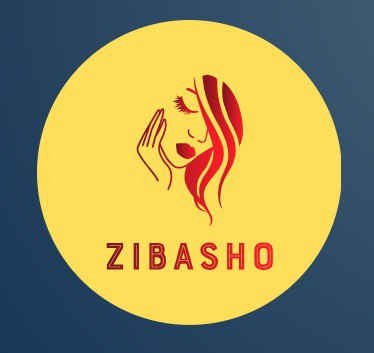The role of risk assessment in stellar trading (XLM)
In the world of cryptocurrency trading, risk assessment has become a crucial aspect for both beginners and experienced traders. One of the most popular cryptocurrency is stellar (XLM), a decentralized platform that allows fast and safe cross -border payments. In this article, we will deepen the role of risk assessment in stellar trading (XLM) and explore how to effectively manage the risks.
What is risk assessment?
Risk assessment refers to the process of identifying potential risks associated with an investment or trading strategy. It involves analyzing various factors, such as market conditions, liquidity, volatility and regulatory environments, to determine the probability and potential impact of a negative result. In stellar trading (XLM), risk assessment helps traders to make the knowledge of the purchase, selling or holding their assets.
Factors that influence risk assessment in stellar trading (XLM)
When evaluating the risks associated with stellar trading (XLM), consider the following factors:
- Square conditions : A strong bull running can increase liquidity, but a weak market can lead to decreased price movements.
- Liquidity : Low liquidity can lead to higher price changes and increased risk of losses.
- Volatility : High volatility can cause high price fluctuations, which makes it difficult to predict future trends.
- Regulatory media : Changes in regulatory policies can affect market feelings and trading volumes.
- Exchange fees
: Fees charged by exchanges can consume in profit margins and increase trading costs.
- counterparty risk : risks associated with transactions involving other entities or parties.
Risk management strategies for stellar trading (XLM)
To manage the risks effectively, traders should use the following strategies:
- Position size : Manage the risk by setting realistic position dimensions to avoid significant losses.
- Stopping commands : Set the stop-loss commands to limit the potential losses and lock the profits when prices reach certain levels.
- hedging : Use coverage strategies, such as futures trading or options, to mitigate the risks associated with price movements.
- Diversification : Spread investments on multiple assets to reduce addiction to any asset.
- Risk-Recompension ratio : Maintain a risk reward ratio that balances potential earnings to the probability of significant losses.
Tools and techniques for risk assessment in stellar trading (XLM)
To optimize risk assessment, traders can use the following tools and techniques:
- Technical analysis : Use models of diagrams, trends and other technical indicators to identify potential risks.
- Fundamental analysis
: Evaluation of market foundations, such as economic indicators and corporate news, to inform trading decisions.
- Risk adjusted metrics : Use risk -adjusted values, such as risk (lime) or expected deficiencies (ES), to measure the probability of significant losses.
Conclusion
In conclusion, risk assessment is a critical aspect of stellar trading (XLM), allowing traders to make the knowledge and to manage potential risks. Understanding the factors that influence risk assessment and using effective risk management strategies, traders can optimize their investment results. Remember, risk management is a continuous process that requires periodic monitoring and adaptation to changing market conditions.
additional resources
- Stellar’s official site: stellar.org
- Investopedia: Risk assessment in trading
- Cryptocurrency trading communities: Reddit (R/Investing) and Crypto Twitter
Following the guidelines presented above and the continuous refining of the risk assessment approach, you can make the knowledge of the stellar trading (XLM) and other cryptocurrencies.

بدون نظر